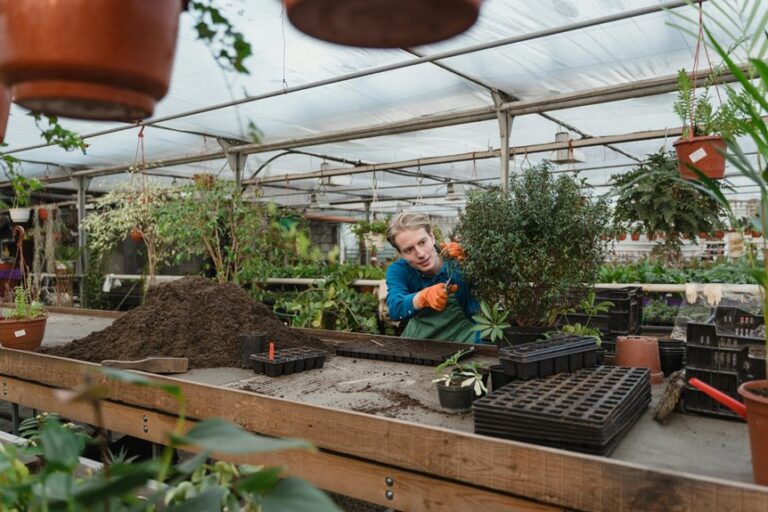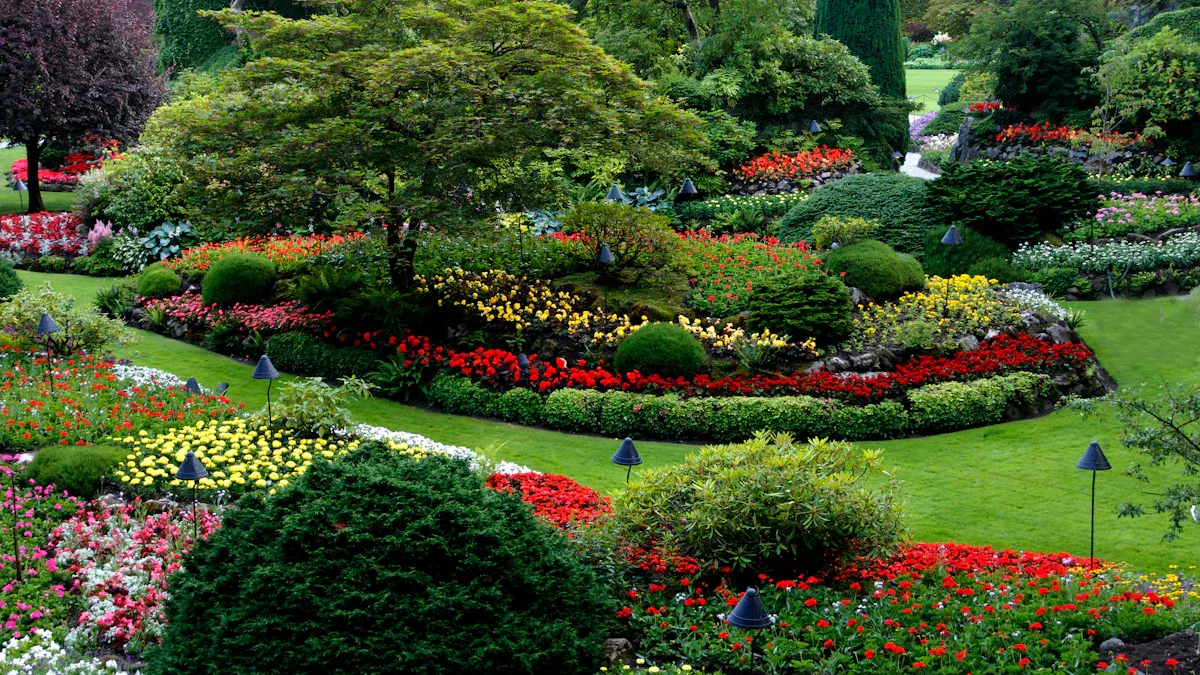
When you think about adding Anubias plants to your aquarium or landscape, size really matters. Choosing the right Anubias plant affects how well it grows and how easily you can care for it. Plus, the right size can ensure that your plants fit well with other fish or plants in the environment.
Key Takeaways
Choose the right size of Anubias plants to enhance the beauty and health of your aquarium or landscape.
Small Anubias varieties are perfect for compact spaces, while medium and large varieties create depth and visual impact.
Maintain clean water and low to medium light conditions to ensure your Anubias plants thrive.
Choosing the Right Anubias Plant by Size
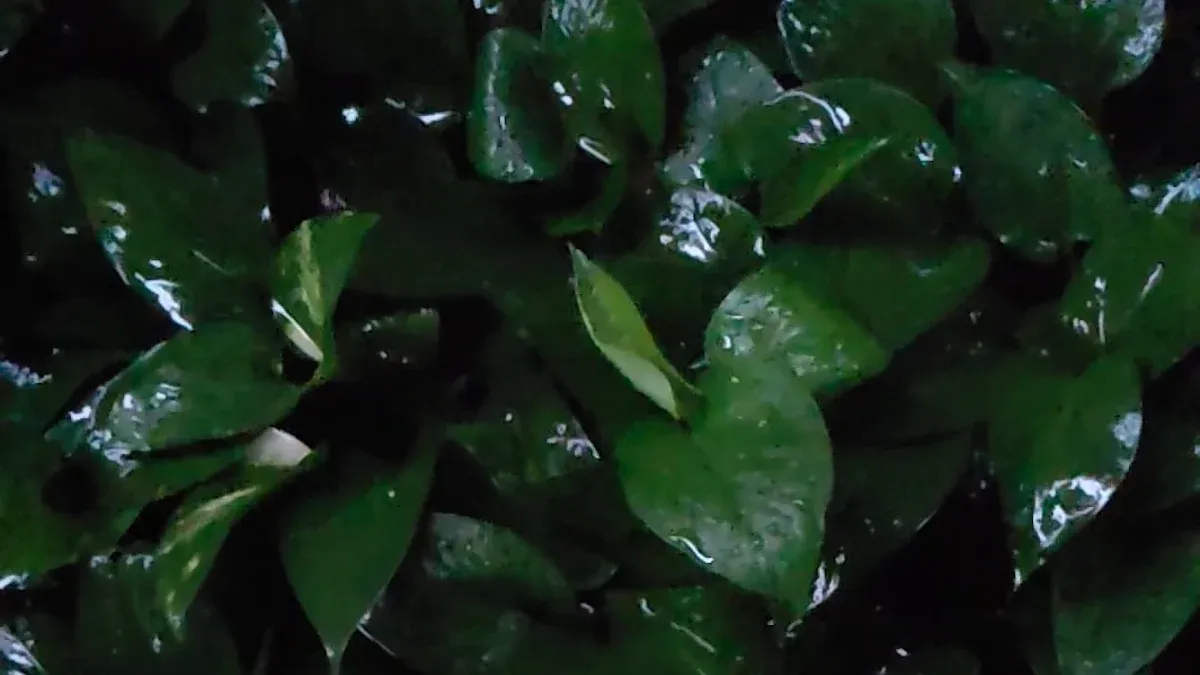
When you’re choosing the right Anubias plant for your aquarium or landscape, size plays a crucial role. Let’s dive into the different sizes of Anubias plants and how they can impact your setup.
Small Anubias Varieties
Small Anubias varieties are perfect for compact spaces like nano aquariums or small landscapes. They add beauty without overwhelming the environment. Here are some popular small Anubias varieties along with their typical growth dimensions:
Anubias Variety | Typical Growth Dimensions |
|---|---|
Anubias Nana Petite | 1-2 cm |
Anubias Nana Petite Thailand | 0.5-1 cm |
Anubias Nana | 2-4 cm |
Anubias Pangolino | ~1 cm |
Anubias Mini Coin | Few millimeters in diameter |
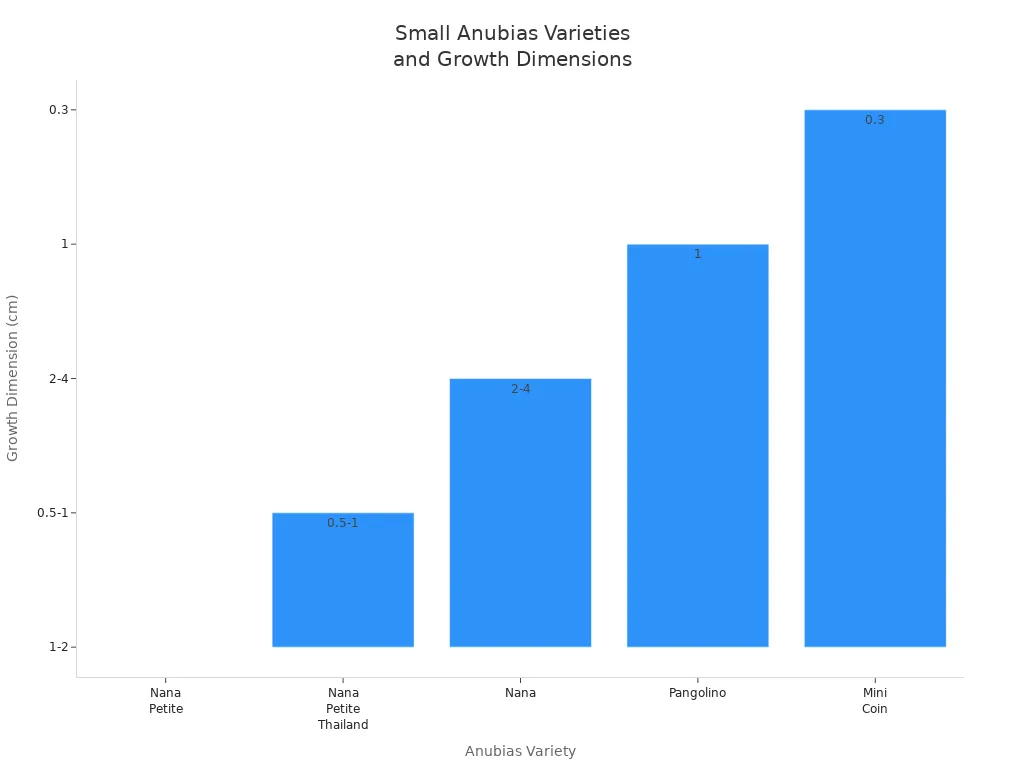
Advantages and Disadvantages
Small Anubias varieties come with their own set of pros and cons. Here’s a quick look:
Advantages | Disadvantages |
|---|---|
Aesthetic Appeal | Slow Growth Rate |
Oxygenation | |
Fish Habitat | |
Encourages Natural Behavior |
These small plants can create a stunning visual effect, especially when grouped together. However, their slow growth rate means you might need to be patient as they establish themselves.
Medium and Large Anubias Varieties
If you have a larger aquarium or landscape, medium and large Anubias varieties can make a significant impact. Anubias Barteri and Anubias Coffeefolia are two excellent choices for these setups.
Anubias Barteri features large leaves, ranging from 4 to 7 cm, making it ideal for the background of aquariums. It provides a lush green canopy and resists algae growth. Anubias Coffeefolia, with its textured leaves also measuring 4 to 7 cm, adds depth to aquascapes and works well in midground or background placements. Both varieties can be attached to hardscapes, enhancing the natural look of your aquarium.
Placement and Visual Impact
The size of your Anubias plants affects their placement and visual impact in your aquascape. Here’s how:
Large Anubias varieties are ideal for creating depth and contrast, serving as striking centerpieces.
Medium-sized Anubias varieties fit perfectly in the midground, providing a balanced and layered look.
When you choose the right size, you enhance the overall aesthetic of your aquarium. Medium-sized variants are popular for their versatility and ease of care. They offer a delicate beauty with compact forms and unique leaf shapes.
Care Considerations
Regardless of size, all Anubias plants thrive in similar conditions. They prefer low to medium light and clean water. Here are some care tips:
Water Quality: Clean water is crucial for all Anubias plants. Regular water changes and efficient filtration help keep organic waste low.
Temperature Range: 22°- 30° Celsius is suitable for all sizes.
pH Range: A pH of 6 – 8 is ideal.
Lighting: Low to medium light is best, as Anubias are low-light plants.
By understanding the size of Anubias plants and their specific needs, you can create a thriving environment in your aquarium or landscape.
Care Requirements for Anubias Plants
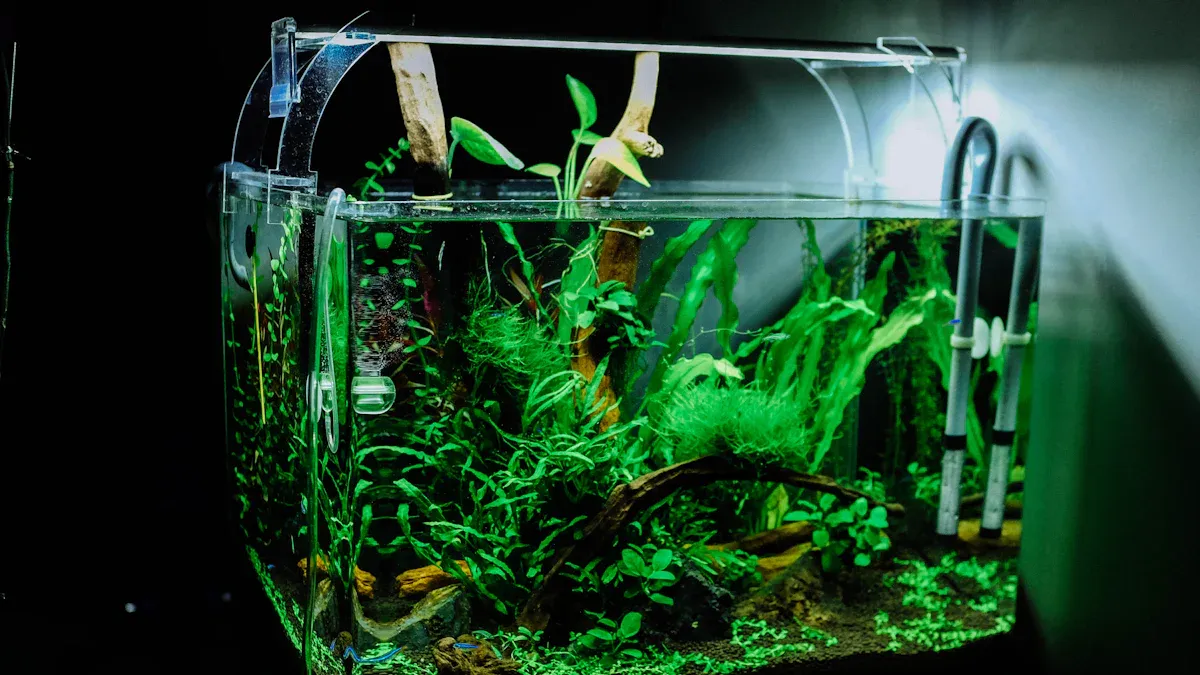
When it comes to caring for your Anubias plants, understanding their light and nutrient needs is essential. These low-maintenance plants thrive in specific conditions that can vary based on their size. Let’s break down what you need to know.
Light and Nutrient Needs
Anubias plants are known for their ability to flourish in low-light environments. Here are some key points to consider:
Low-Light Preference: Anubias plants thrive in low-light conditions. They can grow with as little as 10 umols of PAR, making them suitable for shaded areas.
Algae Prevention: Excessive light can lead to algae growth on the leaves. To keep your plants healthy, aim for lower light levels. This approach tends to be more stable for long-term health.
Nutrient Requirements: While Anubias plants are not demanding, they still need adequate nutrients. You can provide these through the water column. Regular water changes help maintain clean water, which is crucial for their growth.
Here’s a quick overview of the light and nutrient needs for different sizes of Anubias plants:
Size Category | Light Exposure | Nutrient Needs |
|---|---|---|
Small Anubias | Prefer lower light | Adequate nutrients through water |
Medium Anubias | Prefer lower light | Adequate nutrients through water |
Large Anubias | Prefer lower light | Adequate nutrients through water |
Maintenance and Compatibility
Maintaining your Anubias plants is straightforward, but it does require some attention. Here are some essential care tips:
Regular Trimming: Regular trimming helps maintain the shape of your Anubias plants. Mature plants may need cutting back to promote new growth. Use sharp scissors to minimize damage during pruning.
Water Quality: Clean water is vital for all Anubias plants. Regular water changes and an efficient filtration system keep organic waste low, preventing algae growth.
Compatibility with Tank Mates: The size of your Anubias plants can influence their compatibility with other aquatic species. For example:
Anubias Variety | Size Category | Compatibility with Tank Mates |
|---|---|---|
Anubias barteri | Large | Suitable for larger fish and environments |
Anubias nana | Small | Ideal for smaller tanks and peaceful species |
By understanding these care requirements, you can create a thriving environment for your Anubias plants. Whether you’re starting your aquascaping journey or looking to enhance your existing setup, these essential care tips will help you succeed.
Choosing the right size of Anubias plants is crucial for your aquarium or landscape. Smaller species are delicate, while larger ones are robust. Think about your environment and how each size fits in. Assessing these factors will help you create a thriving aquatic space that looks great! 🌿
FAQ
What are the best Anubias plants for beginners?
Anubias nana is a great choice for beginners. It’s hardy and thrives in various aquarium conditions.
How do I care for Anubias plants in my aquarium?
Keep your Anubias plants in low to medium light. Regular water changes help maintain a healthy environment.
Can I use Anubias barteri nana in a small aquarium?
Yes! Anubias barteri nana fits well in small aquariums. It adds beauty without taking up too much space.


